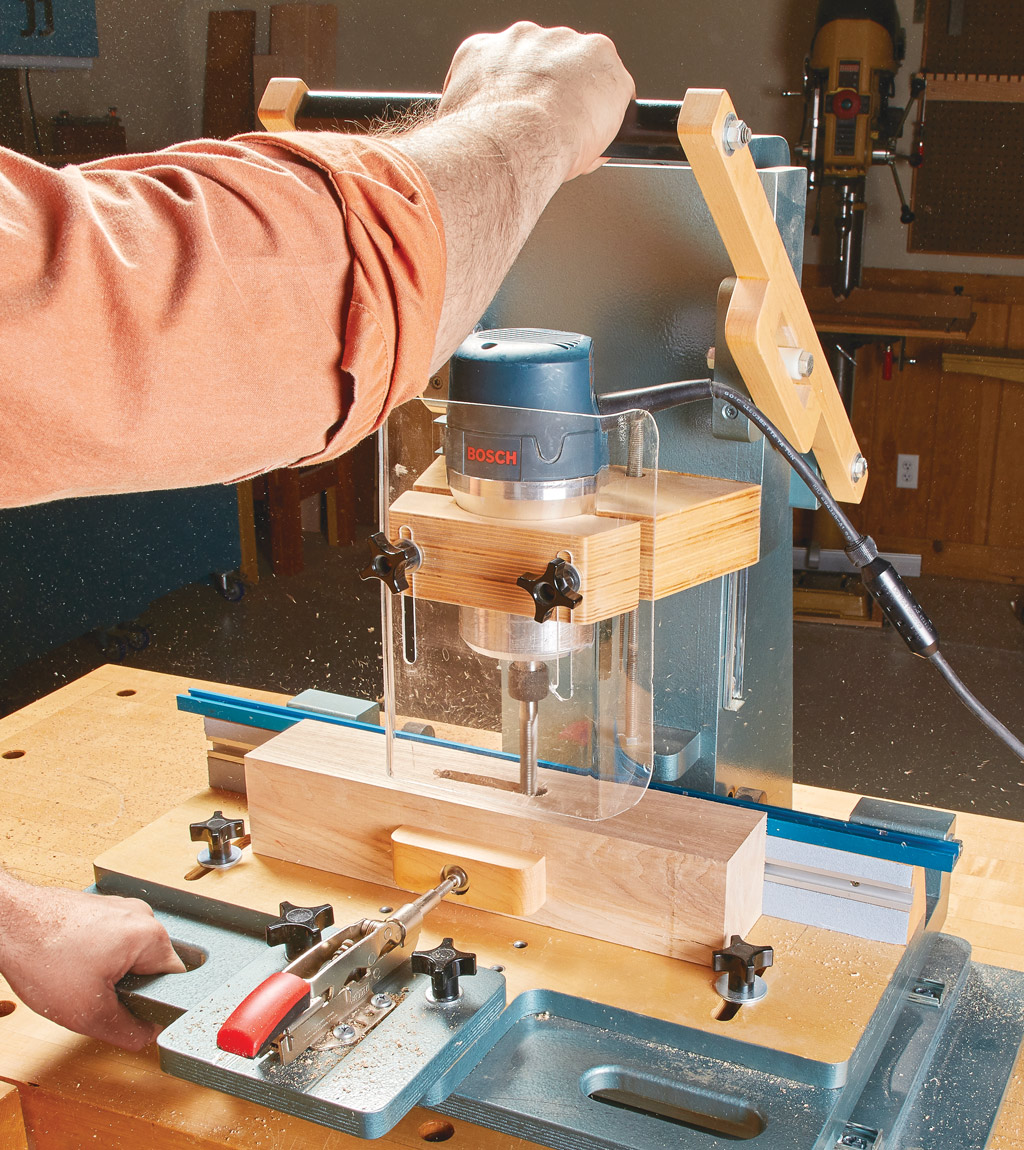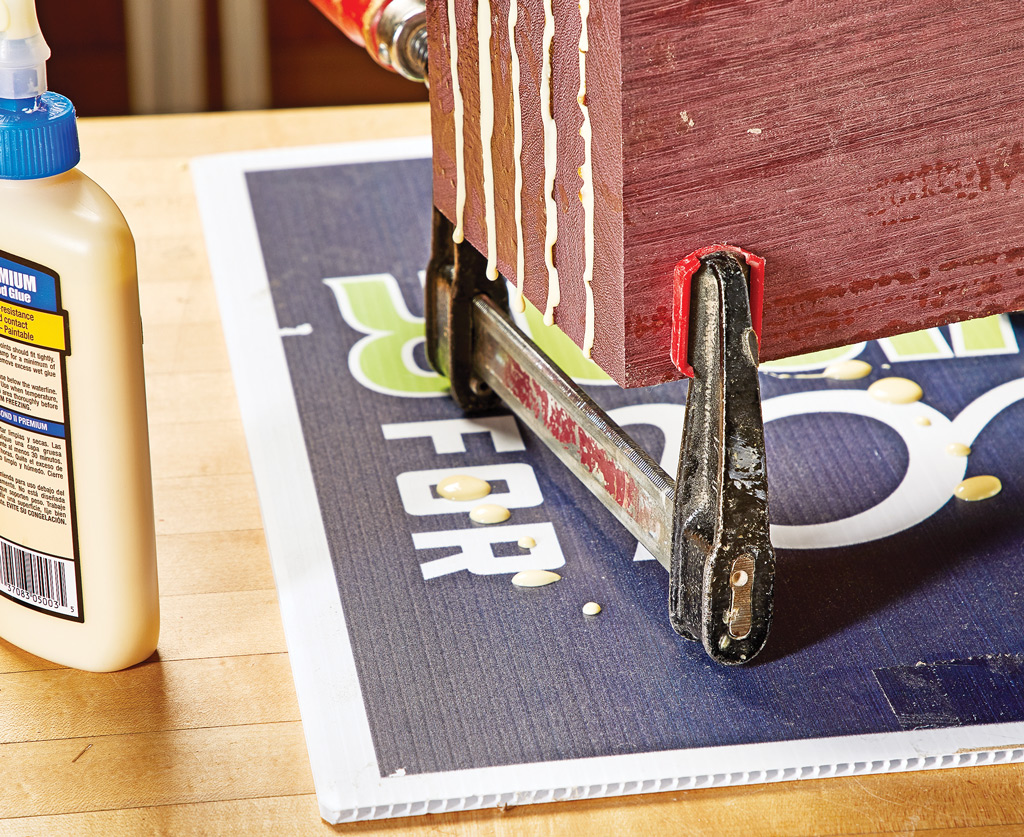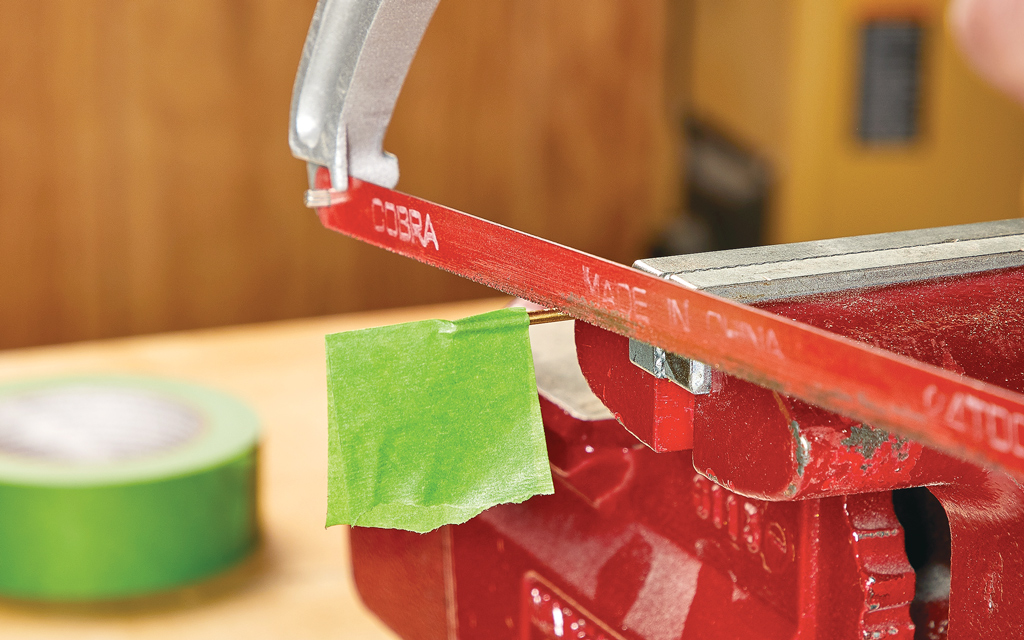Threaded inserts are must-haves in my shop. I keep them on hand for building jigs and fixtures I need to adjust easily. And they come in just as handy for building and assembling furniture projects. The challenge with an insert is installing it without any problems. To do this, I follow a few simple steps — size the hole properly, prepare the hole for the insert, and then install the insert straight and flush.

The first step is to properly size the hole for the insert. This chart provides a good starting point for determining the size of the hole you’ll need to drill. In most cases, I drill the hole to match the size of the insert body. The problem here is that in some materials (like hard maple) this may not provide enough “give” for the threads as you screw the insert in place. To prevent the workpiece from splitting, I like to increase the hole a hair. Although this makes the insert easier to install, it doesn’t provide as much material for the threads to bite into. In most cases, I find it’s usually a good idea to drill a test hole in a scrap piece of the same material, install the insert, and see how well it holds before drilling into my workpiece.

One thing that’s easy to forget until it’s too late is how deep to drill the hole. What you need to keep in mind here is the length of the fastener that will thread inside. You may need to drill the hole deeper in order to provide clearance.
Once you have the hole drilled, you could install the insert. But I take a little extra time to add a small chamfer to the top edge of the hole. The reason for this is simple. As you install an insert, the knife-like threads have a tendency to “lift” the material around the edges of the hole. With a chamfer, you end up with a smooth, clean surface.

All that’s left to do at this point is install the insert. Now, don’t be tempted to grab a screwdriver and simply drive the insert in place using the slot at the end. It’s all too easy to install the insert crooked doing this. And, in some cases, you end up stripping out the slot, ruining the insert and your workpiece. To get the best results, I like to use an installation tool that threads or locks securely to the insert. This makes it easy to drive the insert in place by hand so it goes in straight and ends up flush with the surface of the workpiece. (Plus, you can install the insert with the slot down for a cleaner look.)

Since I use inserts frequently, I like to use this shop-made installation tool. This tool allows you to install inserts quickly and easily with nothing more than a wrench.













